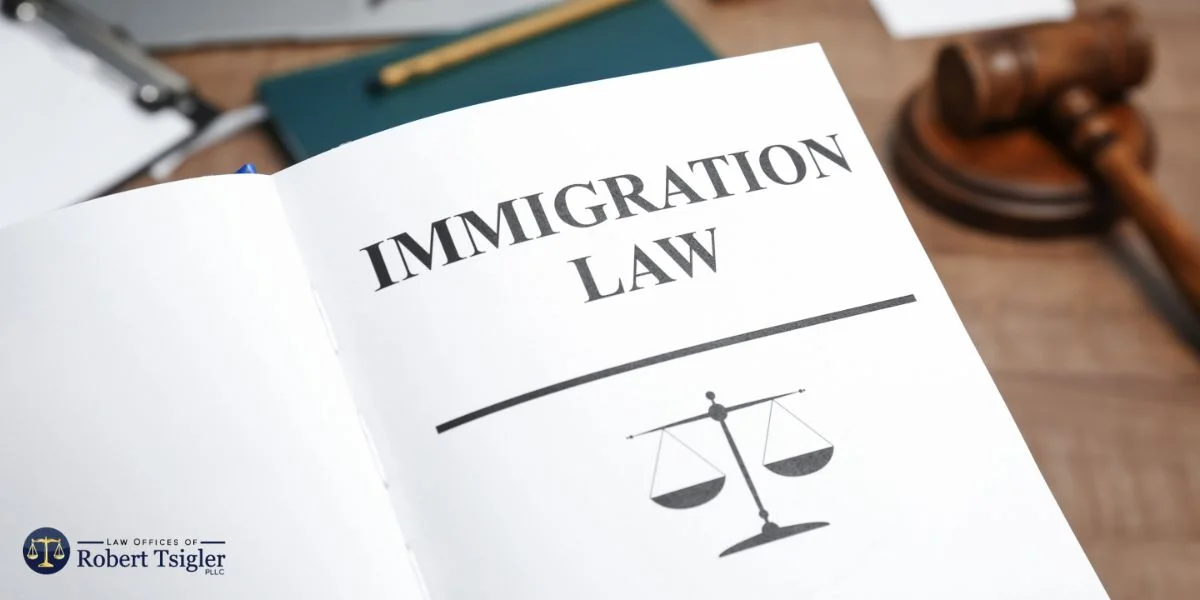The deportation process in New York can be devastating for foreign nationals who have either recently arrived in the country or been rooted in the area for decades. In many cases, individuals facing a deportation order have established careers and deep family ties in New York. Despite an individual’s situation, having an overview of the deportation process in New York can help them prepare for what is to come and optimize their chances of having a desirable case outcome.
It’s important to note that there are a variety of legal tools at your disposal if you are facing deportation or removal proceedings in New York. You may be unsure about why U.S. Immigration and Customs Enforcement (ICE) has begun proceedings against you. Furthermore, you might not have even known that you did something to warrant deportation proceedings.
However, by understanding your options and the full scope of the process, you can empower yourself and defend your right to stay.

A Step-by-Step Breakdown: The New York Deportation Process
The Executive Office for Immigration Review (EOIR) is in charge of the immigration courts in the United States, which is where the deportation process occurs. The person deciding on the outcome of a deportation case is an immigration judge. The deportation process involves the following steps:
- Receiving a Notice to Appear: A Notice to Appear, or NTA, is a document issued by ICE to a person who is facing deportation in New York. The receiver of the NTA is also known as the respondent. The NTA will list the legal reasons why the respondent should be removed from the United States. Occasionally, the NTA will also contain a hearing notice date.
- Getting the Hearing Notice Date: It generally takes a couple of weeks for the respondent to get a hearing notice, which lists their first hearing date in immigration court. It is of the utmost importance that the respondent shows up for their first hearing date, or they could lose their right to challenge the removal order. They may even face further consequences.
- Attending the Master Calendar Hearing: The Master Calendar Hearing is the first immigration court hearing that the defendant must attend, and this is where they appear before an immigration judge. A dedicated immigration lawyer can represent the client, helping them communicate that they plan to challenge the removal.
- Attending the Merits Hearing: If the defendant chooses to challenge the removal order, then they are assigned a date for a merits hearing. During this hearing, all the evidence is presented by ICE about why the individual should be removed, and the immigration lawyer presents all their counterarguments and evidence. The length of the merits hearing can range from a few hours to a couple of months. After the merits hearing is over, the immigration judge will make their decision.
If the judge decides that the defendant should be removed, this can be challenged by issuing an appeal to the Board of Immigration Appeals or filing a motion with the immigration court. By working with a skilled and compassionate deportation defense lawyer, individuals who are fighting deportation defense orders can protect their immigration rights and fight to stay in New York.
FAQs
Q: How Long Is the Deportation Process in New York?
A: In New York, the length of the deportation process varies from a few months to a couple of years, depending on a variety of factors, such as the:
- -Judge presiding over the case
- -Number of motions that are filed
- -Backlog in the system
- -Complexity of the case
If you are unsure about how long your deportation proceeding might last, it’s important to get in touch with a knowledgeable immigration lawyer. They can provide you with a more accurate timeline.
Q: How Does Deportation Work in New York?
A: In New York, the deportation process is started when a person receives a Notice to Appear (NTA), which is issued by U.S. Immigration and Customs Enforcement. After that, there will be a Master Calendar Hearing, in which the respondent has to answer to charges before an immigration judge. If they choose to fight the charges, there will be a more formal hearing called the merits hearing. Ultimately, the judge will issue their final decision, which can be appealed through various means.
Q: How Long Do I Have to Wait to Come Back After a NY Deportation?
A: If you have been removed from New York out of the United States by ICE, then you will need to stay outside of the country for a certain period of time, which varies depending on your case details. However, the wait time typically ranges from five to 20 years. Individuals who have to wait at least 20 years before coming back into the country again are typically convicted of an aggravated felony. An experienced deportation lawyer can help you understand how long you will need to wait to return.
Q: What Is Voluntary Departure in New York?
A: Voluntary departure is a legal option that allows individuals who are being charged with a removal or deportation hearing to leave the country voluntarily without being officially removed by ICE. While a voluntary departure does involve having to leave New York, it can avoid the penalty of being banned from returning. Therefore, people who pursue this option can likely eventually find new pathways to reenter the country. An experienced immigration lawyer can help you decide whether voluntary departure is an optimal strategy for your case.
Fight Back Against Your Deportation or Removal Charges With a Skilled Lawyer
If you have received a Notice to Appear or believe that ICE is conducting an investigation against you, then you are likely feeling fearful for your situation and life in New York. You may also be unsure about what steps to take to protect yourself.
Fortunately, you have a variety of legal options that can be leveraged by an immigration lawyer from the Law Offices of Robert Tsigler, PLLC. We can help you pursue these options, including cancellation of removal, applying for asylum status, or helping you modify your status in some cases. Contact our knowledgeable and compassionate team to build your deportation defense strategy today.



















